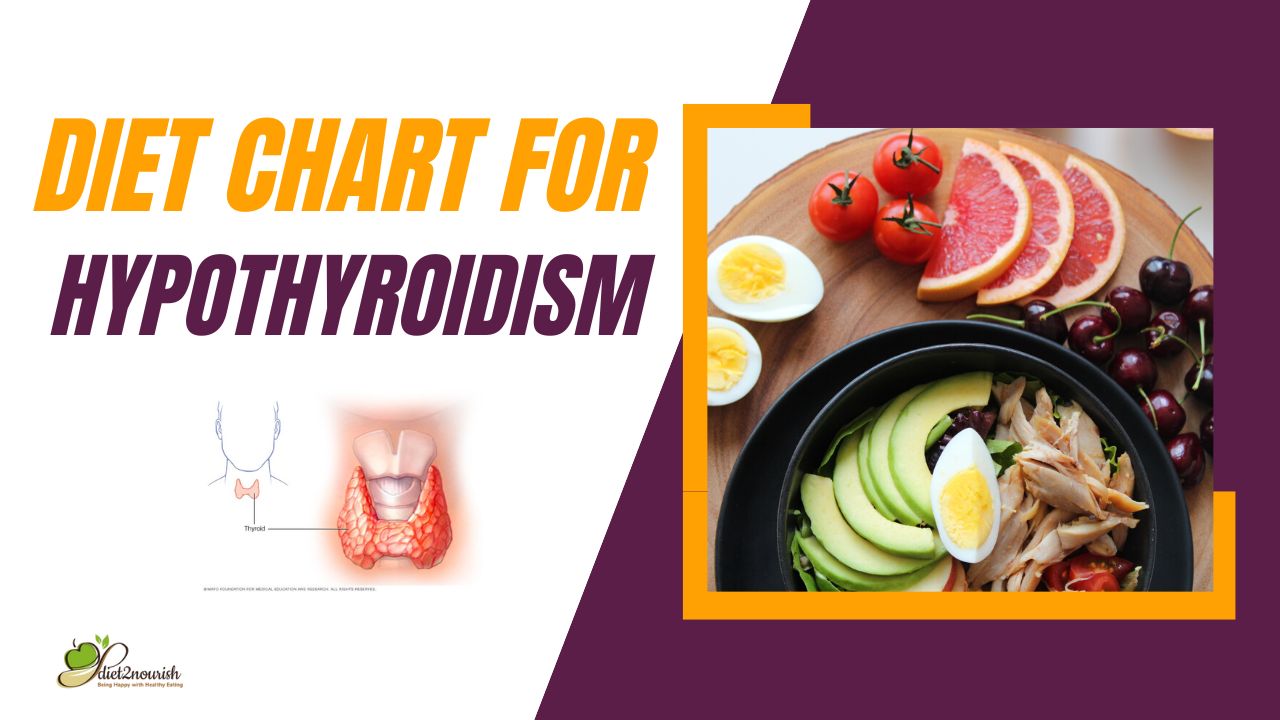How to Know If You're Ready for Hypothyroidism Diet Chart
Hypothyroidism is a condition where the thyroid gland produces insufficient thyroid hormone, leading to a slower metabolism, weight gain, and other health problems. While there is no specific hypothyroidism diet, making certain dietary changes can help improve thyroid function and manage symptoms. Here's a sample hypothyroidism diet chart to follow:
- Breakfast: For breakfast, it's essential to eat foods that are high in nutrients and fiber to kickstart your metabolism for the day. Try to include whole grains, lean protein, and healthy fats. Here are some breakfast options for a hypothyroidism diet chart:
- Oatmeal with almond milk, berries, and chia seeds
- Greek yogurt with mixed nuts, honey, and sliced banana
- Spinach and mushroom omelet with whole-grain toast
- Smoothie with spinach, banana, almond milk, and peanut butter
- Snacks: Snacking is an essential part of a hypothyroidism diet chart. It helps keep your metabolism going and prevents overeating at mealtimes. Here are some healthy snack options:
- Hummus with carrot sticks or whole-grain crackers
- Apple slices with almond butter
- Greek yogurt with mixed berries
- Hard-boiled eggs with cucumber slices
- Lunch: For lunch, focus on including lean protein, whole grains, and plenty of vegetables. Here are some lunch options for a hypothyroidism diet chart:
- Grilled chicken or fish with quinoa and mixed vegetables
- Lentil soup with whole-grain bread
- Chickpea salad with mixed greens, cucumber, and cherry tomatoes
- Turkey or veggie burger with sweet potato fries
- Dinner: For dinner, aim to eat light and easy-to-digest meals. Avoid heavy, high-fat meals before bed, as they can interfere with sleep and slow down metabolism. Here are some dinner options for a hypothyroidism diet chart:
- Grilled salmon or tofu with mixed vegetables and brown rice
- Vegetable stir-fry with chicken or tofu and quinoa
- Lentil curry with brown rice and mixed greens
- Baked sweet potato with black beans, avocado, and salsa
- Beverages: It's essential to stay hydrated on a hypothyroidism diet chart. Aim to drink at least eight glasses of water a day, and avoid sugary drinks and excessive caffeine. Here are some healthy beverage options:
- Herbal tea (chamomile, peppermint, or ginger)
- Coconut water
- Fresh vegetable or fruit juice
- Sparkling water with a splash of lime or lemon juice
- Foods to avoid: While there are no specific foods to avoid on a hypothyroidism diet chart, some foods may interfere with thyroid function or exacerbate symptoms. Here are some foods to limit or avoid:
- Soy-based foods, as they may interfere with thyroid hormone production
- Cruciferous vegetables (kale, broccoli, cauliflower, and Brussels sprouts) in large amounts, as they may interfere with iodine absorption
- Gluten-containing foods, as some people with hypothyroidism may have gluten sensitivity
- Processed foods, as they often contain added sugars, unhealthy fats, and preservatives
In conclusion, a hypothyroidism diet chart should focus on nutrient-dense, fiber-rich, and easily digestible foods to help manage symptoms and improve thyroid function. Consult with a registered dietician to create a personalized hypothyroidism diet chart based on your individual needs and health goals. It's important to work closely with your doctor to monitor thyroid function and adjust medication as needed.


Comments
Post a Comment